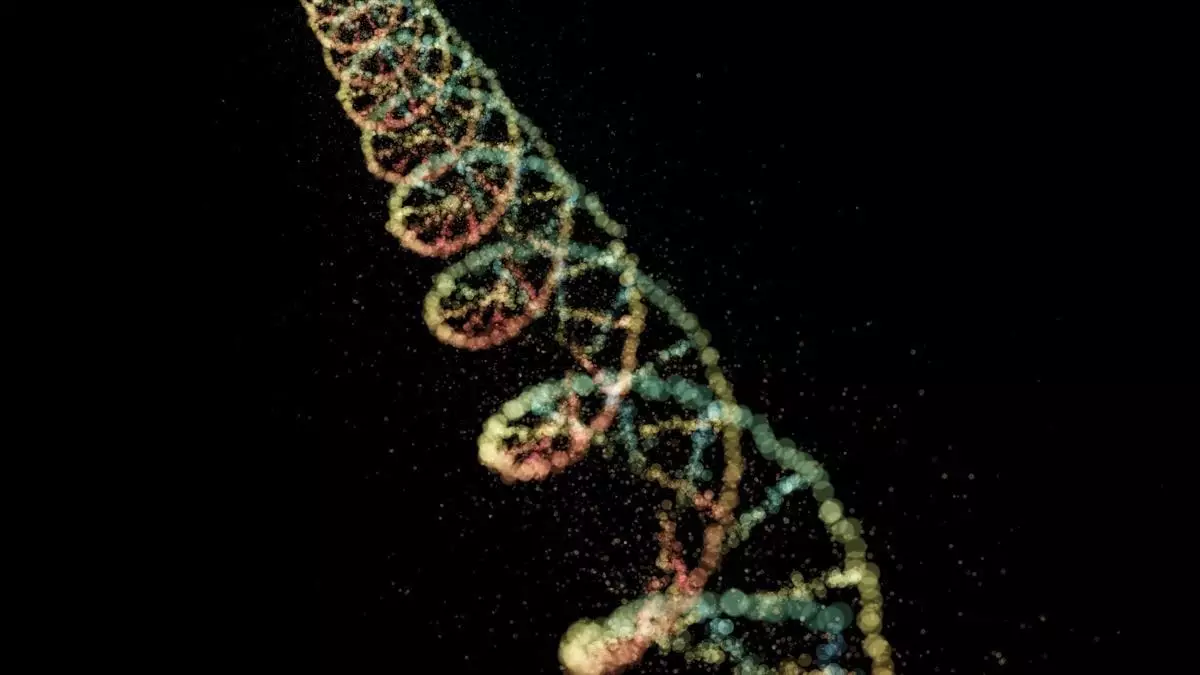Aging is an intricate biological phenomenon that has captivated scientists for decades. Recent breakthroughs in our understanding of biological aging have led researchers to explore the relationship between genetic mutations and epigenetic modifications. These two aspects of molecular biology traditionally occupied separate spheres; however, emerging research now illuminates how they may interact to influence the aging process. In this context, understanding genetic mutations — the permanent alterations in DNA sequences — and epigenetics, which involves changes in gene expression that do not alter the underlying DNA sequence, can fundamentally reshape our perspective on how we measure and comprehend aging.
A significant study released in *Nature Aging* on January 13 has shed light on the correlation between random genetic mutations and their implications for the known epigenetic clocks. These epigenetic clocks track variations in DNA markers to approximate biological age, making them vital tools in aging research. The study reveals that genetic mutations that naturally accumulate as we age may not only correlate with the aging markers tracked by these clocks but could also actively influence them. The implications of this relationship extend beyond phenomenological observations; they invite a reevaluation of the causal pathways that lead to biological aging.
The Mechanisms Behind Genetic Mutations
Genetic mutations arise from a variety of sources, including errors during DNA replication, exposure to environmental factors, and the inherent decline in cellular repair mechanisms over time. Traditionally, these mutations have been linked to age-related diseases such as cancer and neurodegeneration. Nonetheless, the aging process is multifaceted, and these mutations alone fail to encapsulate the entirety of the aging narrative. This study brings forth a pivotal question: Are these genetic mutations mere byproducts of aging, or are they proactive agents that contribute to the aging process itself?
Epigenetic Changes: More than Just Markers
Epigenetics complicates our understanding further. The study highlights how mutations at specific DNA sites can induce notable epigenetic modifications, affecting the methylation patterns of surrounding areas. This bidirectional influence suggests that not only do mutations potentially initiate epigenetic changes, but epigenetic alterations can also impact how mutations manifest further across the genome. The ripple effect observed by researchers, wherein the loss of DNA methylation occurs at mutated sites while adjacent regions exhibit contrasting increases in methylation, raises profound questions regarding the underlying mechanisms.
Dr. Steven Cummings from the University of California, San Francisco, emphasized this correlation, acknowledging that these changes could have cascading effects, involved in a complex web of molecular interactions. Meanwhile, Professor Trey Ideker of San Diego notes the uncertainty surrounding the directionality of these influences, suggesting that additional research is crucial to comprehend whether mutations prompt epigenetic shifts or if epigenetic changes play a more foundational role.
This evolving understanding raises serious implications for longevity research. If genetic mutations are the primary agents driving aging, as posited by Dr. Cummings, the goal of anti-aging interventions may need to pivot significantly. Addressing mutations can be substantially more challenging than targeting epigenetic factors, which may be more amenable to modifications. This could shift the focus of research from merely striving to extend lifespan through superficial epigenetic changes towards more complex strategies aimed at repairing or reversing genetic mutations.
The Road Ahead: Further Investigations Needed
However, the findings of this study also come with cautions about their context. The bulk of the data was derived from cancer patients, necessitating a thorough exploration of whether these observed patterns of correlation hold true in healthy individuals devoid of malignancies. Longitudinal studies that follow genetic and epigenetic changes over time offer promising avenues for elucidating this relationship further. Moreover, experimental laboratories could contribute valuable insights by inducing specific mutations within cell models and subsequently observing resultant epigenetic modifications.
As science continues to unveil the complex dance between genetics and epigenetics, we inch closer to a refined understanding of biological aging. The implications of these discoveries bear not only academic significance but could also foster innovative strategies in the quest for longevity and well-being in an aging world.


Leave a Reply